WHAT ARE ACCESS CONTROL SOLUTIONS AND HOW DO THEY WORK?
An access control system is a user-interface-based software application. This user interface controls the entry and exit of carriers using functional criteria depending on access entitlements (such as people or vehicles). The physical hardware required by an access control system to enforce these rules is known as access control devices. Locks, card readers, biometric devices, and controls are examples.
BENEFITS
- GET RID OF TRADITIONAL KEYS; Traditional keys have a few disadvantages. Individual keys are required to restrict access to specific regions. The more locks you require, the bigger the building. This can result in a big key ring and uncertainty regarding which keys perform what for someone like a cleaner or a high-clearance worker. An access control system saves time for people who need to access restricted areas and also prevents locksmith visits.
- KEEP TRACK OF WHO COMES AND GOES; An access control system keeps track of who enters and exits a building or room, as well as when they do so. You can make sure that folks are working when they should be. If there is a theft or an accident, you will know who entered a certain area at the time of the incident.
- PREVENT AGAINST DATA BREACHES; On company-owned servers, health information, financial records, and client data are frequently held. Access control systems can limit or permit access to IT rooms, as well as individual computers and networks so that only trusted individuals have access.
- PROTECT AGAINST UNWANTED VISITORS; Visitors to a major organization can go undetected. Unauthorized people cannot get in, which is one of the advantages of adopting access control systems. Only individuals you’ve granted credentials to can access the area because doors require credentials to unlock. You can be sure that everyone in your building is supposed to be there with this method, whether you know them or not.
- CREATE A SAFE WORK ENVIRONMENT; Access control systems allow trusted people in while keeping others out. You have the authority to conduct background checks and exclude anyone who lacks the necessary credentials.
In the event of an emergency, access control systems can also keep your staff safe. When a fire or other emergency needs a quick escape, doors with lock-and-key methods stay locked, which can be dangerous.
- INCREASE EASE OF ACCESS FOR EMPLOYEES; You can “set and forget” who has access to each section of your business using an access control system. An employee can access all of the locations they need to complete their tasks once you give them permission. The employee may easily access to where they need to go by scanning a key card or entering a PIN.
- SAVE MONEY AND ENERGY; You save money on locks and security personnel when you use access control security. Without the necessity for a security guard, an access control system can validate a person’s identity.
HOW DO THEY WORK?
The tag, tag reader, access control panel, and lock are the main components of an access control system. These all work together to give the user a smooth, automated experience.
- The TAG; A tag can be used as a key fob, a smart card, or a smartphone credential. These tags use a wireless technology called radio frequency identification (RFID) to convey signals to the access control panel.
A unique, encrypted identification number is assigned to each tag. You can assign tags to individual users and customize them based on their profiles. For example, a government agency may desire to allow a high-ranking official into a restricted briefing room but deny access to a lower-ranking staff member. A biometric signature, such as a hand or thumb scan, can also be used in lieu of a physical tag.
- TAG READER; If the system just regulates entry, the tag reader is positioned on one side of the door; if the system controls both entry and exit, the tag reader is installed on both sides of the door. The reader has an antenna that is connected to and powered by the access control panel, which we’ll talk about later.
When a person shows their tag to a reader, the reader’s antenna receives the tag’s encrypted ID number. The ID number is sent from the tag reader to the access control panel.
- ACCESS CONTROL PANEL; The system’s core is the access control panel or controller. It saves the authorization information that the system administrator has set up. The control panel receives the reader’s encrypted tag number, decodes it, and then compares it to ID numbers already stored in the system. The door will unlock if the numbers match and the user is permitted to access the door at that moment. All of this happens in a matter of seconds.
